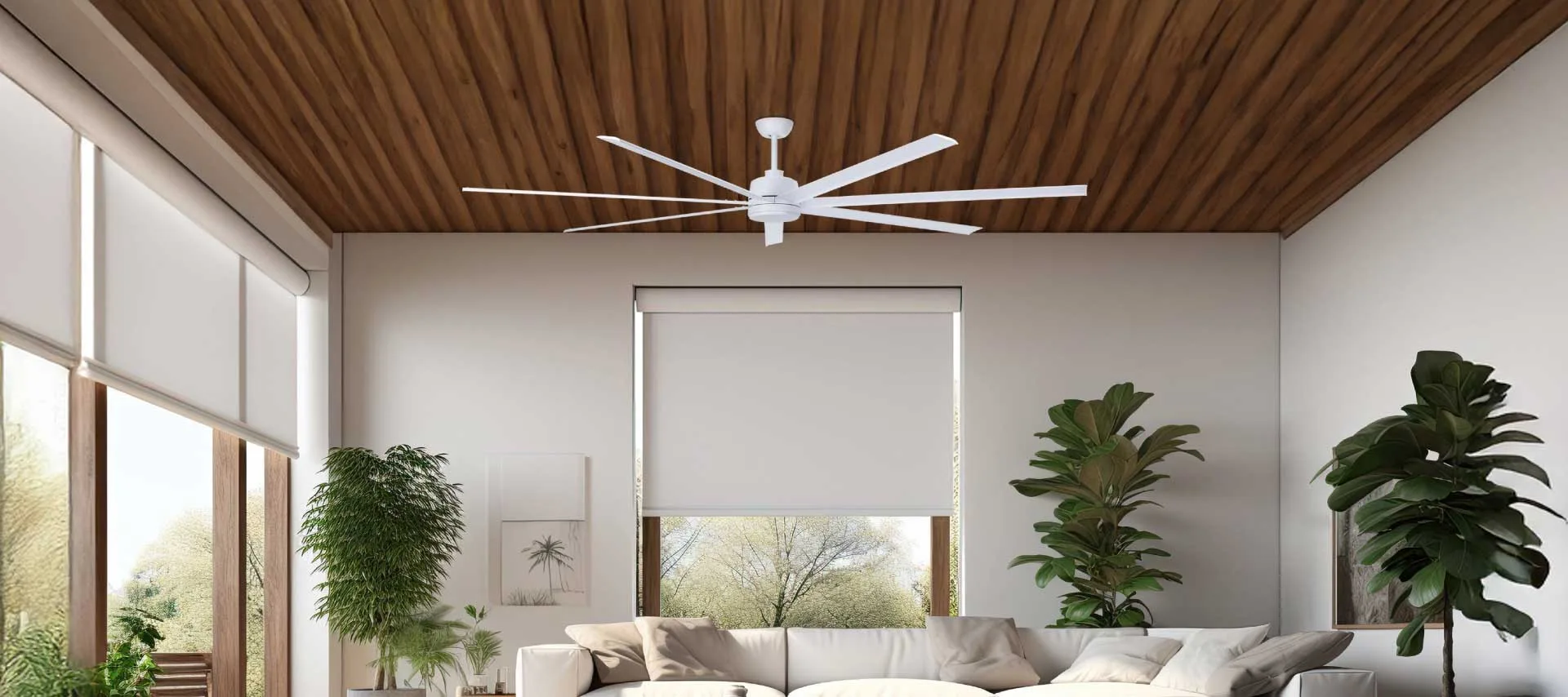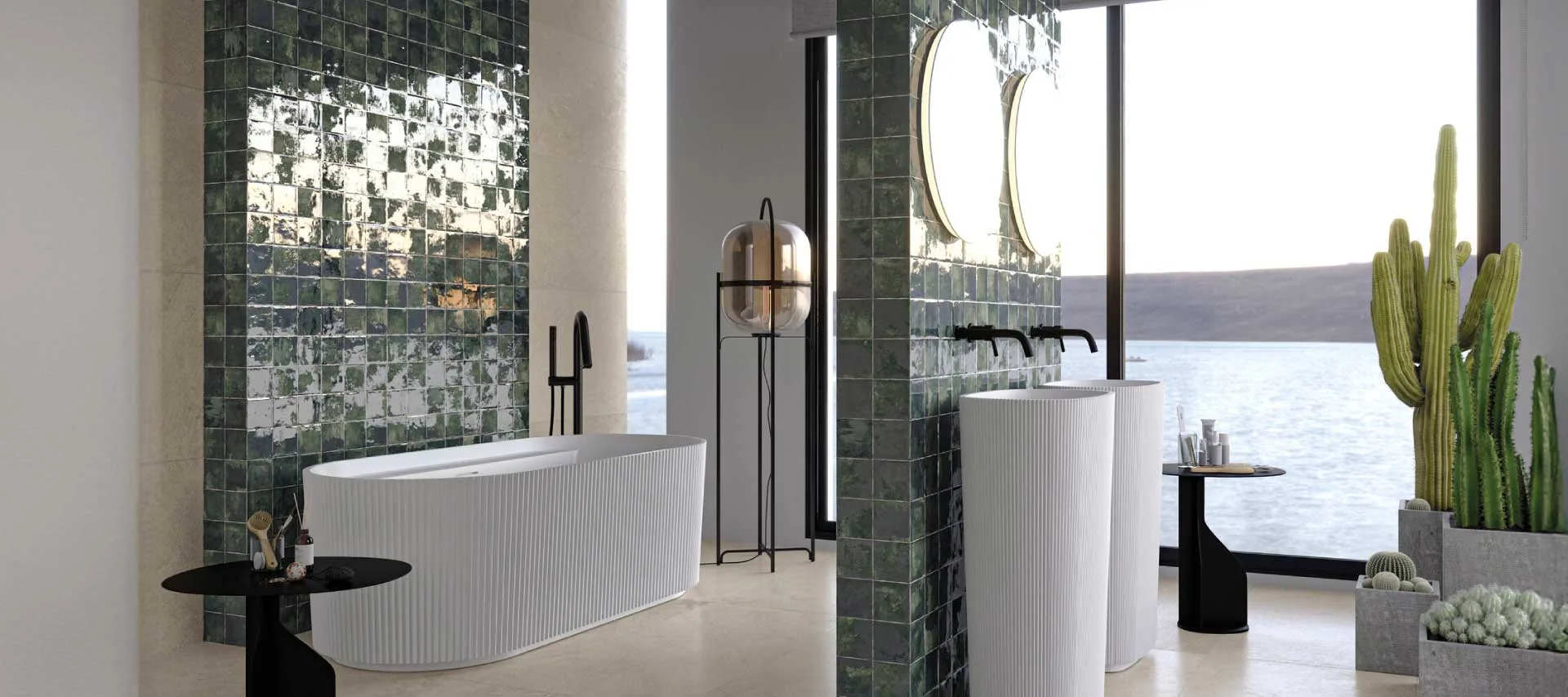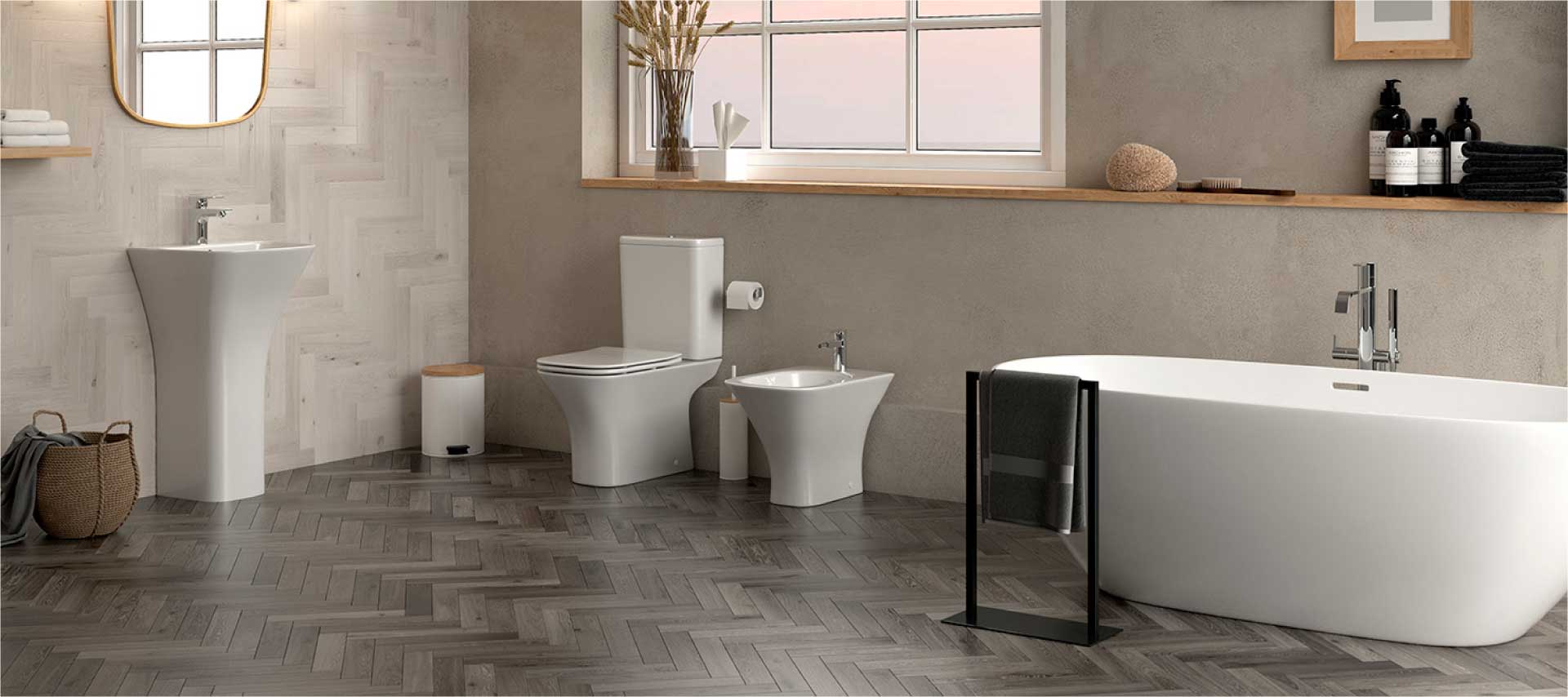
Choisir les bonnes toilettes pour votre salle de bain est une décision qui allie fonctionnalité, confort et style. Les toilettes sont l’un des équipements les plus fréquemment utilisés dans toute maison. Il est donc important de faire un choix éclairé qui répond à vos besoins et complète la conception globale de votre espace. Avec différents types, styles et fonctionnalités disponibles sur le marché, choisir les toilettes idéales peut sembler difficile. Cet article vous guidera à travers les facteurs essentiels à prendre en compte lors du choix d’une toilette, en veillant à ce que votre choix réponde à la fois aux exigences pratiques et aux préférences esthétiques.
1. Comprendre les différents types de toilettes
Les toilettes sont disponibles dans différentes configurations, chacune offrant des avantages uniques. Le type de toilettes que vous choisirez dépendra de l’agencement de votre salle de bain, de la plomberie et de vos préférences de conception.
- Toilettes en deux parties : Ces toilettes ont un réservoir et une cuvette séparés qui sont boulonnés ensemble lors de l’installation. Ils constituent l’option la plus courante et la plus abordable.
- Avantages
- Largement disponible et économique.
- Plus facile à réparer, car les pièces peuvent être remplacées individuellement.
- Inconvénients : plus de coutures peuvent rendre le nettoyage légèrement plus difficile.
- Avantages
- Toilettes monobloc
- Avantages
- Design élégant et moderne.
- Plus facile à nettoyer grâce au nombre réduit de crevasses.
- Inconvénients : Généralement plus cher que les modèles en deux pièces
- Avantages
c) Toilettes suspendues
Les toilettes suspendues sont montées sur le mur avec le réservoir dissimulé à l’intérieur du mur.
- Pros:
- Peu encombrant et idéal pour les petites salles de bains.
- Offre un look minimaliste et contemporain.
- Hauteur réglable pour un confort personnalisé.
- Cons:
- Coûts d’installation plus élevés en raison d’une plomberie spécialisée.
- L’entretien peut nécessiter un accès au mur.
d) Back-to-Wall Toilets
Back-to-wall toilets have the cistern concealed within the wall or a furniture unit, creating a seamless look.
- Pros:
- A clean and clutter-free design.
- Maximizes space in compact bathrooms.
- Cons:
- Accessing the cistern for repairs can be challenging.
e) Smart Toilets
Smart toilets come with advanced features like heated seats, automatic flushing, bidet functions, and more.
- Pros:
- Ultimate convenience and luxury.
- Water-saving features and enhanced hygiene.
- Cons:
- Significantly more expensive than traditional options.
- Requires electrical connections.
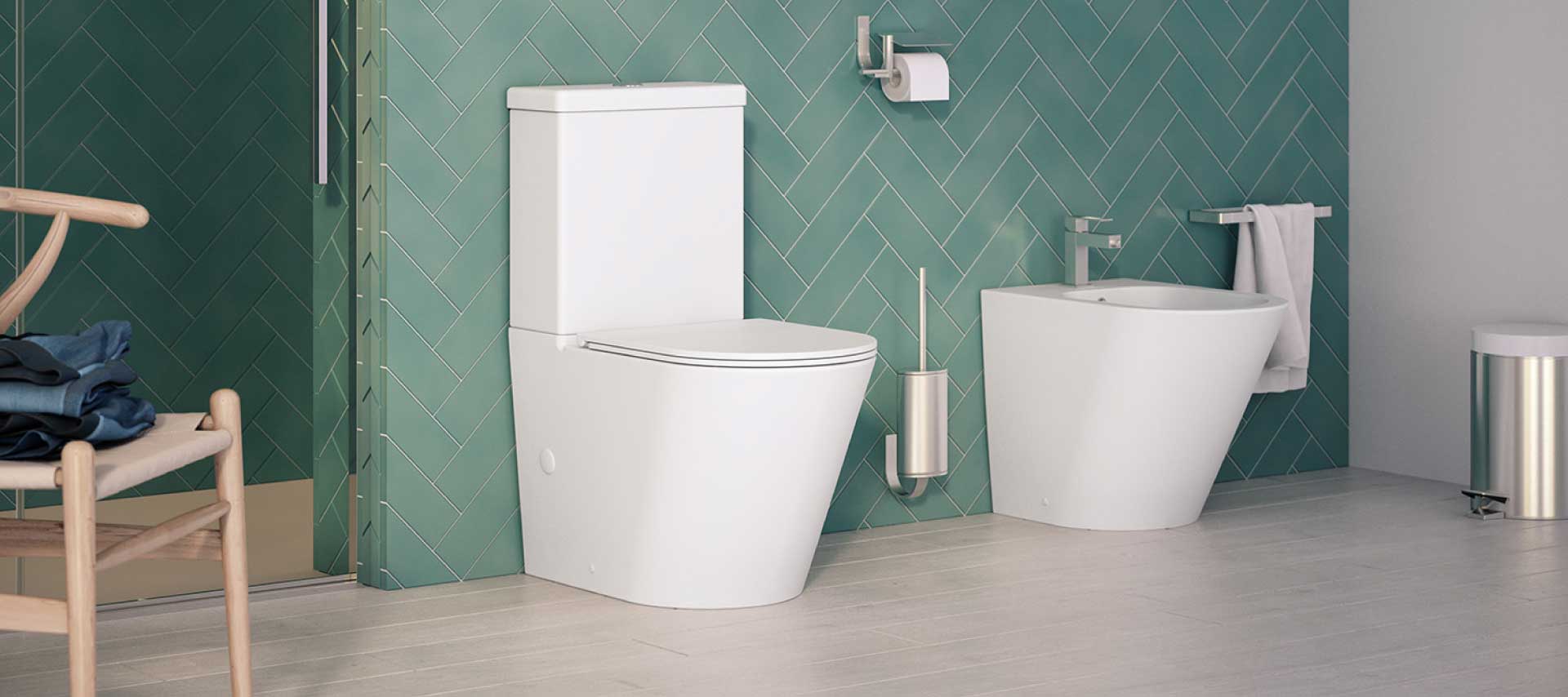
2. Consider the Toilet Size and Dimensions
Toilets come in various sizes, and it’s essential to choose one that fits your bathroom comfortably
- Rough-In Measurement: The distance between the wall and the center of the waste pipe. Common rough-in sizes are 10, 12, or 14 inches. Measure this before purchasing to ensure compatibility.
- Bowl Shape: Toilets come in two main bowl shapes:
- Round Bowls: Compact and suitable for small spaces.
- Elongated Bowls: Provide more comfort but require more space.
- Height: Standard toilet height is around 15 inches from the floor to the seat. For added comfort, consider « comfort height » models, which are typically 17-19 inches high and easier to use for elderly individuals or those with mobility issues.
3. Choose the Right Flushing System
The flushing system is crucial for performance and water efficiency. Modern toilets offer a range of options:
- Gravity-Flush Toilets: Use gravity to flush water into the bowl. Simple and reliable, but may not be the most powerful option.
- Pressure-Assisted Toilets: Use compressed air to enhance flushing power, ideal for high-traffic or commercial spaces.
- Dual-Flush Toilets: Feature two flush options—one for liquid waste and a more powerful one for solid waste. This is a great choice for saving water.
- Touchless or Sensor-Flush Toilets: These offer hands-free operation, enhancing hygiene and convenience.
4. Water Efficiency Matters
Water efficiency is a key consideration when choosing a toilet. Look for models with a high Water Efficiency Labelling Scheme (WELS) rating or certifications like WaterSense. These toilets use less water per flush, reducing your water bill and environmental impact.
- Standard toilets use about 6 liters per flush.
- Water-efficient models use as little as 4.5 liters or even dual-flush options with 3 liters for liquids and 6 liters for solids.
5. Material and Durability
Most toilets are made from porcelain, which is durable, easy to clean, and resistant to stains. When choosing a toilet, inspect the glaze finish. A smooth, high-quality glaze will make cleaning easier and prevent bacterial buildup.
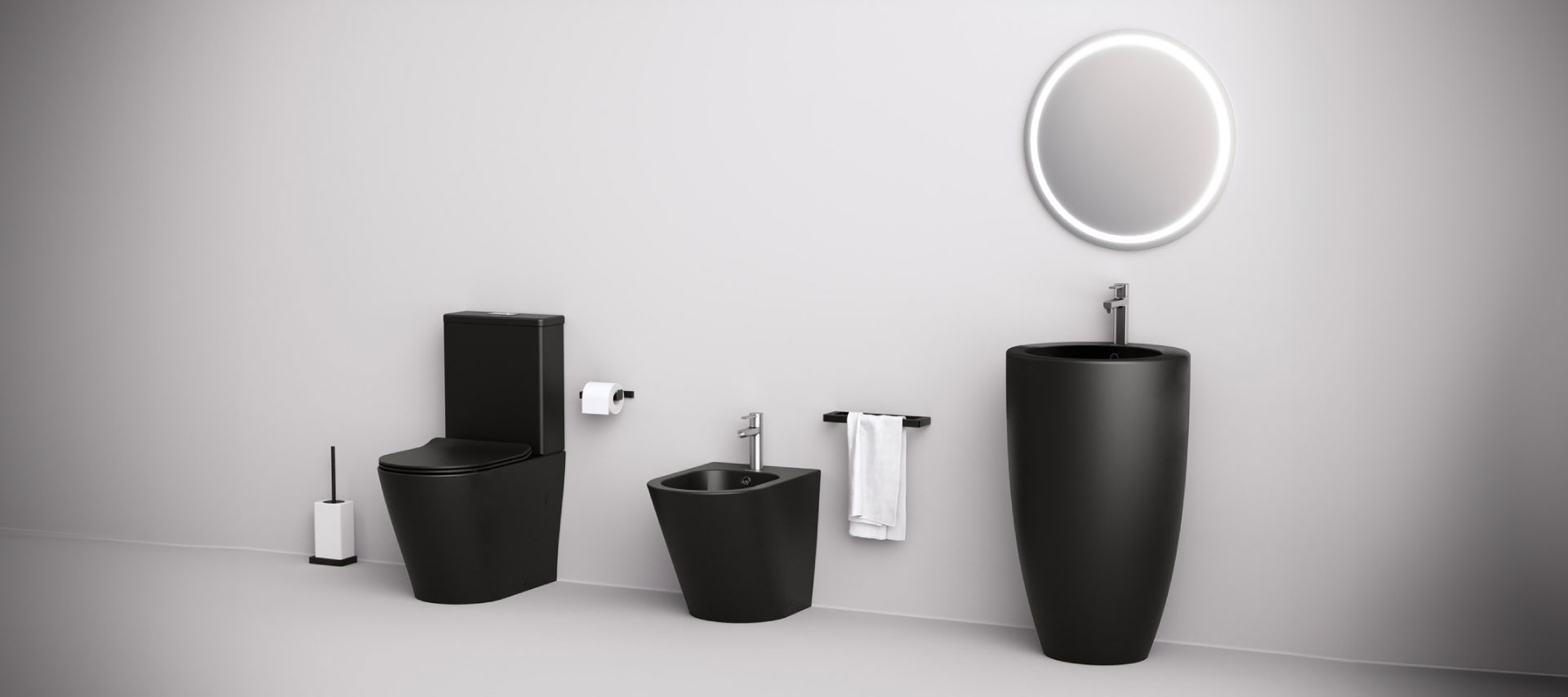
6. Comfort and Features
Consider additional features that enhance comfort and functionality:
- Soft-Close Seats: Prevent loud slamming and extend the lifespan of the seat.
- Bidet Functions: Built-in bidets offer enhanced hygiene and reduce the need for toilet paper.
7. Aesthetic Considerations
Toilets play a significant role in the overall look of your bathroom. Choose a style and finish that complements your design theme, whether it’s classic, modern, or minimalist. Matte black, white, and chrome accents are popular choices for contemporary bathrooms.
8. Installation and Maintenance
- Professional Installation: While some toilets are easy to install, others, like wall-hung models, may require professional plumbing work. Factor installation costs into your budget.
- Ease of Maintenance: Look for toilets with removable seats, easy-to-clean designs, and accessible parts for repairs.
9. Budget
Toilets range in price from affordable basic models to high-end smart toilets. Set a budget based on your needs, but remember that investing in quality can save you money in the long run on maintenance and water bills.
10. Brand Reputation and Warranty
Choose a reputable brand known for quality and durability. Check reviews and ensure the toilet comes with a warranty to protect your investment.
Conclusion
Choosing the perfect toilet requires careful consideration of your bathroom’s size, style, and functional needs. From traditional two-piece models to luxurious smart toilets, the market offers options to suit every budget and preference.
By understanding the types, features, and considerations outlined in this guide, you can make an informed decision that combines comfort, efficiency, and aesthetics. A well-chosen toilet not only enhances your daily routine but also adds long-term value to your bathroom and home

